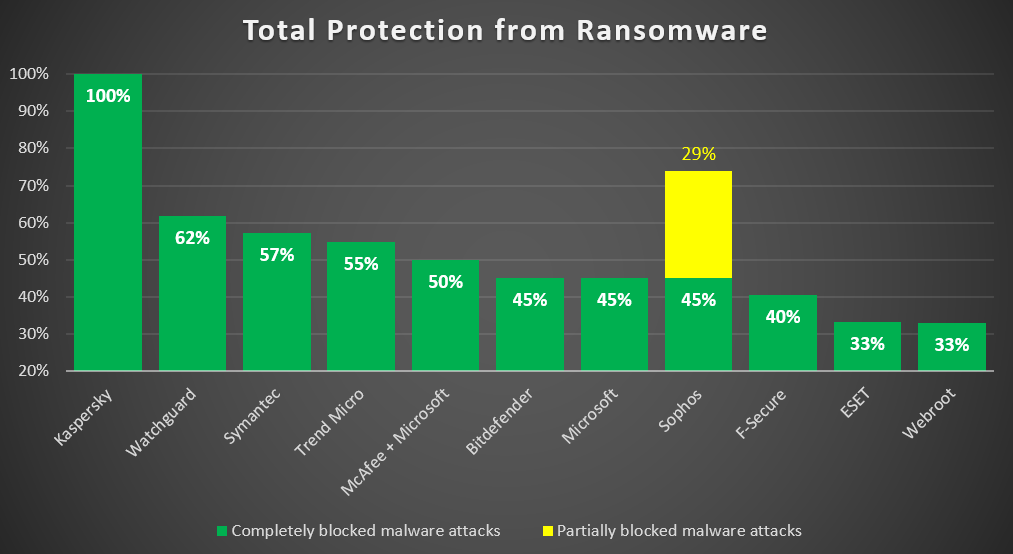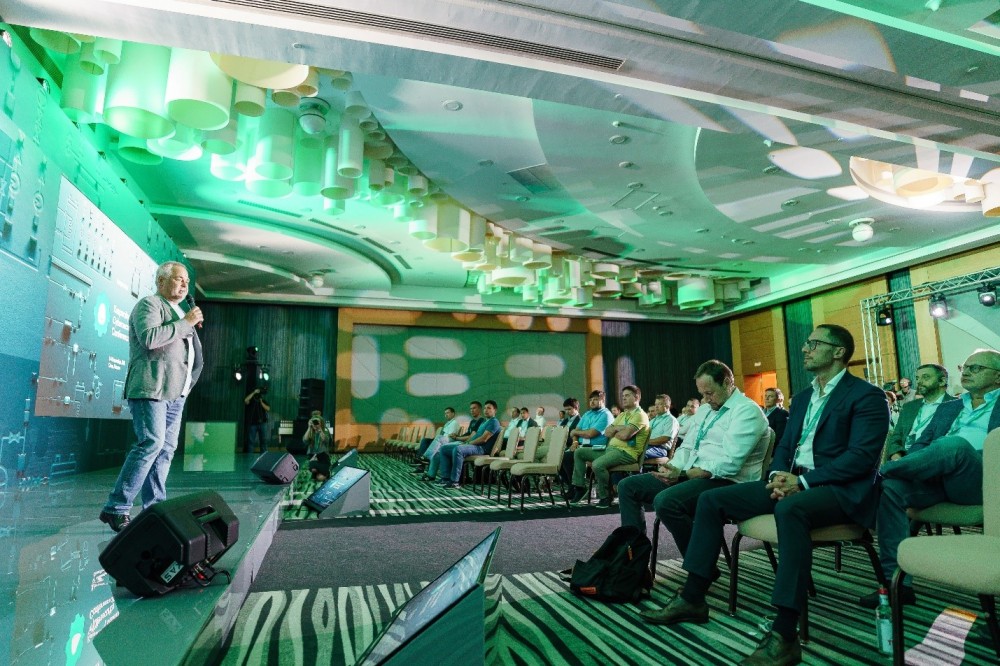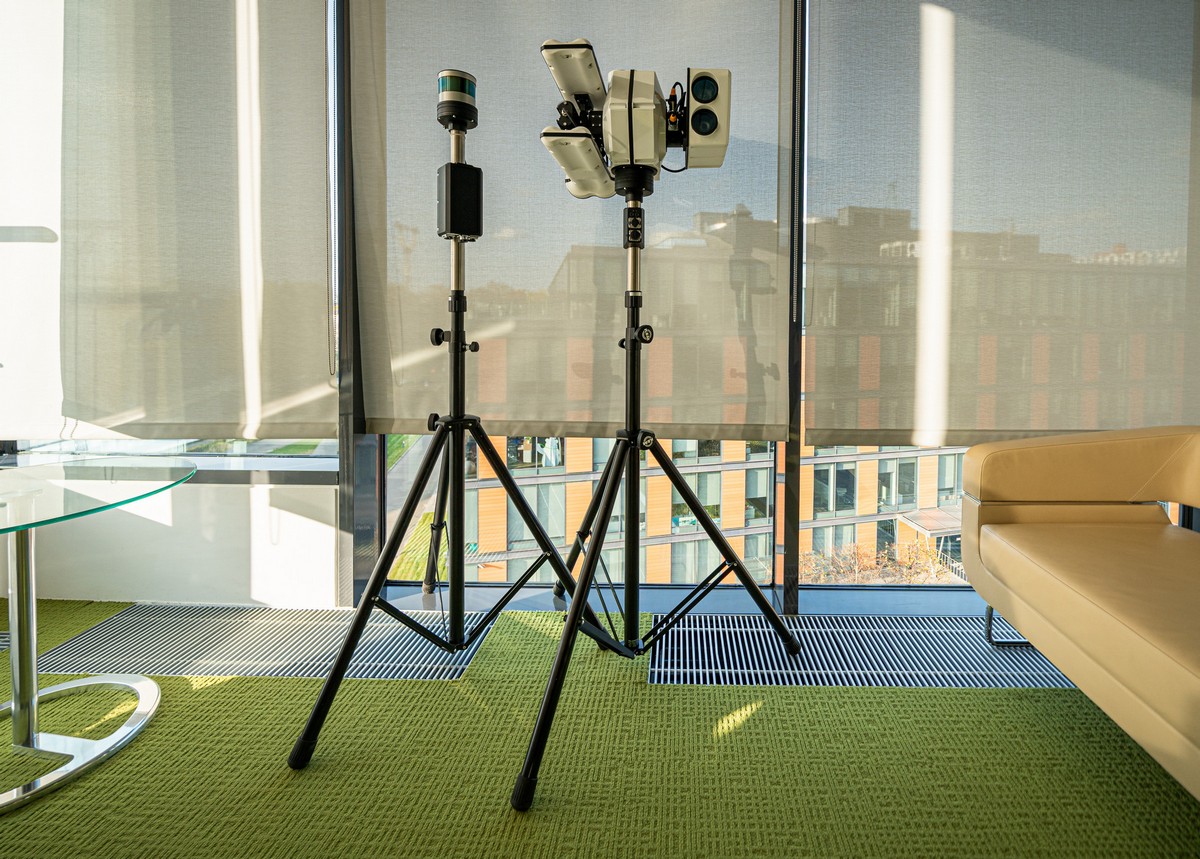First: brief backgrounder…
On September 10, the ransomware-malware DoppelPaymer encrypted 30 servers of a hospital in the German city of Dusseldorf, due to which throughput of sick patients fell dramatically. A week ago, due to this fall, the hospital wasn’t able to accept a patient who was in need of an urgent operation, and had to send her to a hospital in a neighboring city. She died on the way. It was the first known case of loss of human life as a result of a ransomware attack.
A very sad case indeed – especially when you look closer: there was the fatal ‘accident’ itself (presuming the attackers didn’t foresee a fatality caused by their ghastly actions); there was also a clear neglect of the following of basic rules of cybersecurity hygiene; and there was also an inability on the part of the law enforcement authorities to successfully counter the organized criminals involved.
The hackers attacked the hospital’s network via a vulnerability (aka Shitrix) on the Citrix Netscaler servers, which was patched as far back as January. It appears that the system administrators waited way too long before finally getting round to installing the patch, and in the meantime the bad guys were able to penetrate the network and install a backdoor.
Up to here – that’s all fact. From here on in: conjecture that can’t be confirmed – but which does look somewhat likely…
It can’t be ruled out that after some time access to the backdoor was sold to other hackers on underground forums as ‘access to a backdoor at a university’. The attack indeed was initially aimed at the nearby Heinrich Heine University. It was this university that was specified in the extortionists’ email demanding a ransom for the return of the data they’d encrypted. When the hackers found out that it was a hospital – not a university – they were quick to hand it all the encryption keys (and then they disappeared). It looks like Trojan’ed hospitals aren’t all that attractive to cybercriminals – they’re deemed assets that are too ‘toxic’ (as has been demonstrated in the worst – mortal – way).
It’s likely that the Russian-speaking Evil Corp hacker group is behind DoppelPaymer, a group with dozens of other high-profile hacks and shakedowns (including on Garmin‘s network) to its name. In 2019 the US government issued a indictment for individuals involved in Evil Corp, and offered a reward of five million dollars for help in catching them. What’s curious is that the identities of the criminals are known, and up until recently they’d been swaggering about and showing off their blingy gangster-style lifestyles – including on social media.
 Source
Source
What’s the world come to? There’s so much wrong here. First, there’s the fact that hospitals are suffering at the hands of ransomware hackers in the first place – even though, at least in this deadly case in Dusseldorf, it looks like it was a case of mistaken identity (hospital – not a university). Second, there’s the fact that universities are being targeted (often to steal research data – including COVID-19 related). But here’s my ‘third’ – from the cybersecurity angle…
How can a hospital be so careless? Not patching a vulnerability on time – leaving the door wide open for cyber-scum to walk right through it and backdoor everything? How many times have we repeated that FreeBSD (which is what Netscaler works on) is in no way a guarantee of security, and in fact is just the opposite: a cybersecurity expert’s faux ami? This operating system is far from being immune and has weaknesses that can be used in sophisticated cyberattacks. And then of course there’s the fact that such a critical institution as a hospital (also infrastructural organizations), need to have multi-level protection, where each level backs up the others: if the hospital had had reliable protection installed on its network the hackers would probably never have managed to pull off what they did.
The German police are now investigating the chain of events that led up to the death of the patient. And I hope that the German authorities will turn to those of Russia with a formal request for cooperation in detaining the criminals involved.
See, for police to open a criminal case, a formal statement/request or subject matter of a crime committed needs to be presented at the very least. This or that article in the press or some other kind of non-formal comments or announcement aren’t recognized by the legal system. No formal request – no case. Otherwise attorneys would easily cause the case to collapse in the blink of an eye. However, if there is what looks like credible evidence of a crime committed, there’s an inter-governmental interaction procedure in place that needs to be followed. OTT-formal: yes; but that’s ‘just the way it is’. Governments need to get past their political prejudices and act together. Folks are dying already – and while international cooperation is largely frozen by geopolitics, cybercriminals will keep on reaching new heights lows of depraved actions against humanity.
UPD: The first step toward reinstating cooperation in cybersecurity has been taken. Fingers crossed…
Btw: Have you noticed how there’s hardly ever any news of successful attacks by ransomware hackers against Russian organizations? Have you ever wondered why? I personally won’t entertain for a moment the silly conspiracy theories about these hackers working for Russian secret services – as there are many ransomware groups around the world. Here’s why, IMHO: Because most Russian companies are protected by good quality cyber-protection, and soon they will be protected by a cyber-immune operating system – yep, that very protection that’s been banned for use in U.S. state institutions. Go figure.
UPD2: Just yesterday a ransomware attack was reported on one of America’s largest hospital chains, UHS: its computers – which serve ~250 facilities across the whole country – were shut down, which led to cancelled surguries, diverted ambulances, and patient registrations having to be completed oin paper. There are no further details as yet…






![YOU CAN NEVER GET TOO MANY AWARDS. SEE 1ST COMMENT FOR ENGLISH ⏩
"А из нашего окна страна Австрия видна!" - практически (с). Но в этих австриях я был не смотреть из окна, а по многочисленным деловым делам, первое из которых - лично получить несколько важных наград и множество сертификатов от независимой тестовой лаборатории AV-Comparatives.
Это далеко не первая наша награда. Скажу больше - на протяжении последних десяти лет по результатам независимых тестов к нам даже близко ни один конкурент не подобрался. Но почему тогда такое внимание конкретно к этой победе? Ответ простой: густопопсовый геополитизм. В наше весьма геополитически [очень мягко говоря] непростое время... Ну, если отбросить все казённые слова, то будет, как в известном анекдоте про поручика Ржевского. В той самой истории, когда ему указали повторить свою фразу без матерщины. На что тот ответил: "Ну, в таком случае я просто молчал".
Так вот, в наше "поручико-ржевско-молчаливое время" участвовать и получить первые места в европейских тестах - это за пределами научной и ненаучной фантастики. Что в целом совпадает с одной из основных парадигм моей жизни: "Мы делаем невозможное. Возможное сделают и без нас" (с). Большими трудами и непомерными усилиями - да! Это можно! Мы заделали такие продукты, такие технологии, такую компанию - что даже в непростое время нас и в Европах знают, уважают, любят и пользуются. Ура!](https://scontent-iad3-2.cdninstagram.com/v/t51.29350-15/430076034_1096357205018744_692310533755868388_n.heic?stp=dst-jpg&_nc_cat=103&ccb=1-7&_nc_sid=18de74&_nc_ohc=XLII-tX29aoAX80SM4u&_nc_ht=scontent-iad3-2.cdninstagram.com&edm=ANo9K5cEAAAA&oh=00_AfBINCtkZ3-r_aTvdSC36JELI05V6PuBnMWs672PK3GsBQ&oe=65E63D48)












